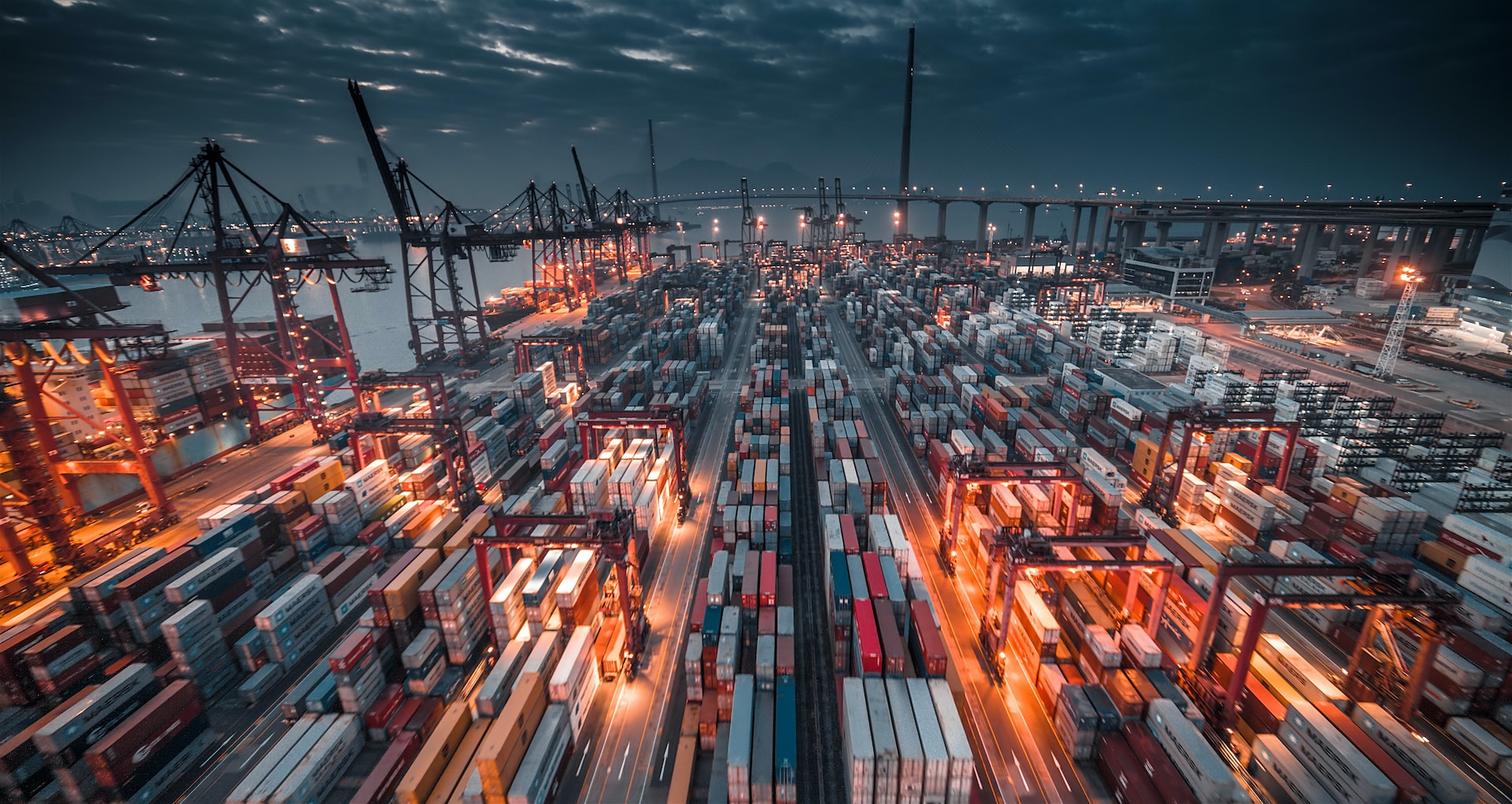Crisis in Red Sea Risks Port Overcrowding & May Drive Shipping Costs

HSBC Global Research has issued a caution regarding the potential implications of the current crisis in the Red Sea on maritime logistics. This situation might result in port congestion due to unpredictable ship schedules and a shortage of equipment, caused primarily by the misplacement of empty containers. The upcoming Chinese/Lunar New Year could intensify these logistical challenges.
In the event that this crisis continues unresolved in the upcoming weeks, there is a likelihood of increased spot rates, which could also lead to higher contract rates as shipping companies engage in annual negotiations with retailers. Although this scenario may avert a drastic drop in sector profits, previously anticipated before these disruptions, it simultaneously heightens existing concerns within the shipping industry.
The Shanghai Containerized Freight Index (SCFI) experienced a significant jump of nearly 8% week-on-week last week, reaching its highest point since October 2022 and almost doubling from its value at the end of November. Remarkably, the current levels of both the SCFI and the SCFI Shanghai-Europe rates, excluding the COVID-19 period, are the highest ever recorded.
The surge in freight rates is predominantly driven by the Asia-Europe routes. However, HSBC notes that spot rates on other routes, such as the transpacific, are also showing an upward trajectory following the Red Sea crisis.
This situation arises as the Houthis have executed approximately 25 attacks on merchant vessels since November, prompting many container lines to divert their routes around the Cape of Good Hope. HSBC points out that if the Red Sea issue persists, shipping companies might explore alternative methods like air freight or rail, considering the extended voyage times via the Cape of Good Hope route.
In a separate projection, HSBC anticipates a modest recovery in global trade for 2024. The forecast suggests that world exports might increase by 1.8% in 2024 and 3.4% in 2025. However, the report advises caution due to potential risks such as escalating interest rates, uncertainties in Chinese demand, ongoing geopolitical conflicts, and overall trade unpredictability.